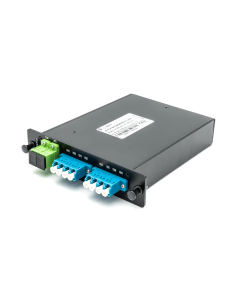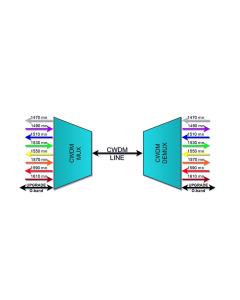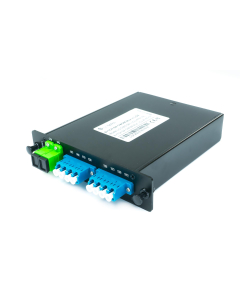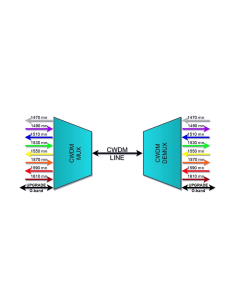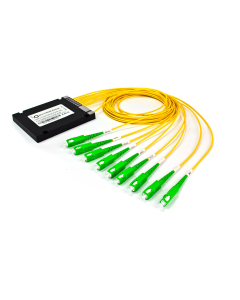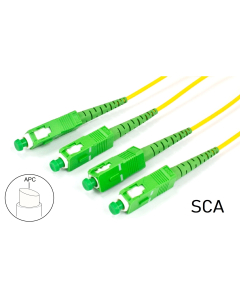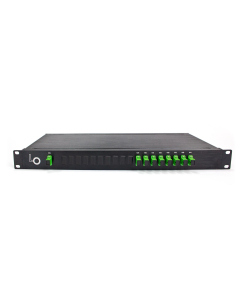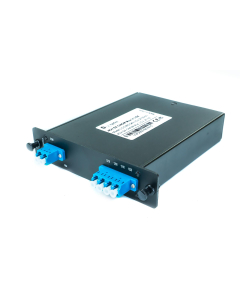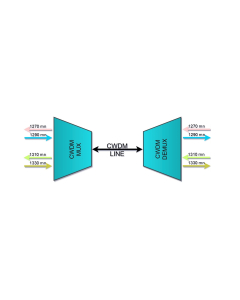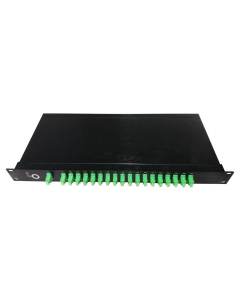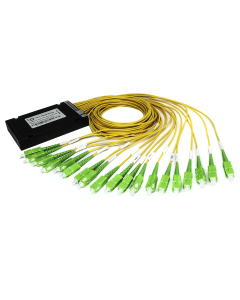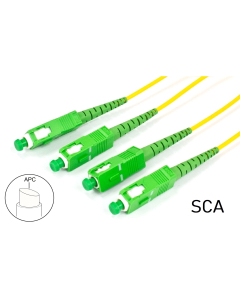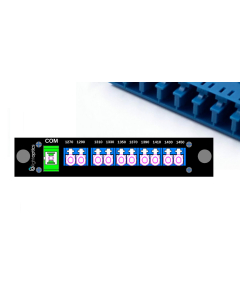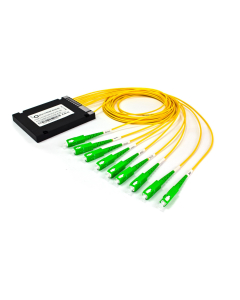- Limited availabilityOptical DeMultiplexer CWDM 4 channel SC/APC ABS box Model: LO-CDS-040-SCA-2733-NB€71.54 €87.99
- Limited availabilityOptical Demultiplexer 8 channel 1470-1610 LC/UPC + UPG Port: 1260~1457nm SC/APC, LGX chassis Model: LO-CDS-082-LCU-4761-NL€175.42 €215.77
- Limited availabilityOptical Demultiplexer 8 channel 1470-1610 LC/UPC + UPG Port: 1260~1360 SC/APC, LGX chassis Model: LO-CDS-081-LCU-4761-NL€175.42 €215.77
- Limited availabilityOptical Demultiplexer CWDM 8 channel SC/APC ABS Box Model: LO-CDS-080-SCA-4761-NB€143.08 €175.99
- Limited availabilityDemultiplekser optyczny CWDM 8 kanałowy SC/APC 19" Rack Model: LO-CDS-080-SCA-4761-NR€161.70 €198.89
- To orderOptical Demultiplexer CWDM 4 channel LC/UPC LGX Model: LO-CDS-040-LCU-2733-NL€78.40 €96.43
- Limited availabilityOptical Demultiplexer CWDM 18 channel SC/APC 19" Rack Model: LO-CDS-180-SCA-2761-NR€359.66 €442.38
- Limited availabilityOptical Demultiplexer CWDM 18 channel SC/APC ABS Box Model: LO-CDS-180-SCA-2761-NB€310.66 €382.11
- Limited availabilityOptical Demultiplexer CWDM 10 channel: 1270~1450, SC/APC i LC/UPC LGX Model: LO-CDS-100-LCU-2745-NL€176.40 €216.97
- To orderOptical Demultiplexer CWDM 8+1 channel SC/APC ABS Box Model: LO-CDS-081-SCA-4761-NB€160.72 €197.69
ABOUT THE CWDM TECHNOLOGY
CWDM multiplexing is a technology in which different wavelengths of light are multiplexed (combined) together and transported over a single fiber or over a pair of single-mode fibers, and then demultiplexed (seperated) at the other end, back to their original wavelengths.
It is based on the bandpass filter technology (BPF) and operates in 20nm channel intervals, according to the CWDM ITU Grid, with wavelengths ranging from 1270nm to 1610nm.
It is a completely passive device that does not require a power supply, which means it has far greater endurance and reliability than its active counterparts.
Designed for cost-effective CWDM network applications.
GENERAL CHARACTERISTICS OF LIGHTOPTICS MULTIPLEXERS
LightOptics offers a series of standard and customized modules in ABS, LGX or 19-inch 1U rack chassis to fully accommodate your needs in regard to port configuration, operating wavelength and mounting type.
The simplex CWDM demultiplexers:
- operate on a single fiber basis
- are responsible for multiplexing (adding) and demultiplexing (dropping) different wavelengths,
- work in pair with multiplexers
- are equipped SC/APC connectors,
- an 8-channel model operates in the wavelength range from 1470nm to 1610nm - it allows to run 4 duplex transmissions on one fiber each
- an 18-channel model, having all wavelengths in the CWDM range (1270nm to 1610nm), allows you to run 9 duplex transmissions with 1 fiber each
- 4 channel model operating in the wavelength range of 1270nm to 1330nm - allows you to run 2 duplex transmissions with one fiber each










